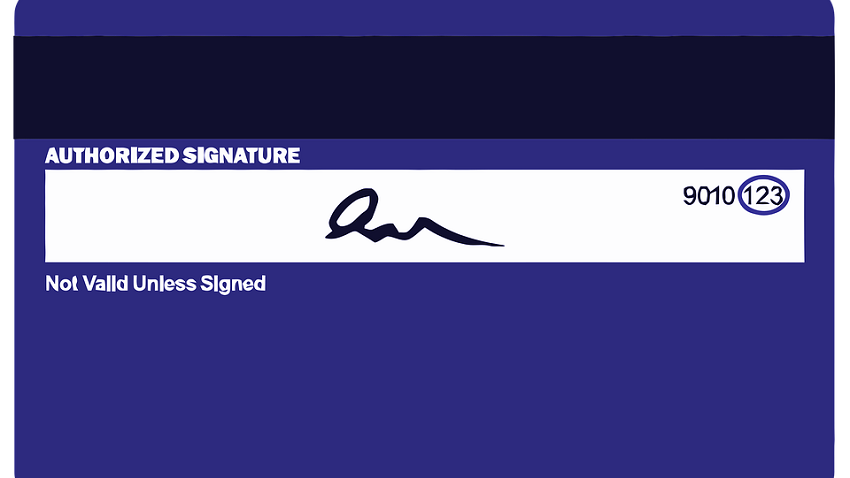As per a report released by the Reserve Bank of India, the total volume of digital transactions saw a growth of 58.8% between 2018 and 2019. Thanks to the initiatives taken by the Indian government, the push towards integrating digital transactions into one’s everyday life has gained momentum.
The increasing use of digital payments can also be attributed to integrated security features in credit cards like CVV or CVC. A better understanding of this security feature will allow you to use your credit card cautiously and make the most of online payments while ensuring information security.
Have a look at the information given below to know more about what is CVV and CVC –
What is CVV?
Card verification value (CVV) is a 3 or 4-digit number inscribed at the back of credit cards. Alternately, it also goes by the name of CVC or card verification code and serves a similar purpose. The code represents a unique decimal value assigned to a user’s data.
While making online transactions with your credit card, you are required to provide your card details. To verify your card ownership and authenticate the transaction, you also need to provide the CVV number to the payment gateway.
Once your CVV is verified, you need to complete the transaction by confirming it with an OTP sent to your registered mobile number. CVV is thus the initial step to securitise the transaction. With this understanding of what is CVV for credit cards, now take a look at its use.
What is the use of CVV?
The CVV number of your credit card ensures secure transactions in multiple ways, thus extending its use in the present scenario of increasing online frauds. It is an additional layer of security created for successful completion of online transactions without any compromise in customer data. It thus protects you from different types of credit card fraud.
The use of CVV thus extends to providing end-to-end security during online transaction completion. The accompanying magnetic strip on the card’s back carries critical customer data that needs verification during such transactions. CVV is thus used to confirm this information related to the person using the card.
Merchants are also prohibited from collecting CVV entered during an online transaction; thus, the chances of knowing what is CVV for a given card is further reduced.
While CVV is a useful security feature, its presence does not make your credit card immune to cybercrimes. It is because all merchants do not require CVV to complete such transactions.
Thus, to avoid exposing your card details to cybercrimes and scams, you can look out for credit cards that come with multiple layers of security. For example, credit cards like the RBL B Credit Card bring along robust features to secure online transactions.
Features like in-hand security and zero fraud liability cover provide all-rounded security, from protection to reimbursement. The process to apply for these cards is simple. However, you must make sure to check a few things to know before applying for a credit card.
The card issuers also make financing hassle-free and convenient while saving valuable time with their pre-approved offers. You can enjoy these offers on home loans, personal loans, business loans, along with several other financial products. All you need to do is enter essential details such as your name and contact number to check your pre-approved offer.
With this information about what is CVV and other advanced credit card security features, you can proceed to complete your online transactions conveniently.
You can select from any one of the six types of SuperCard for every lifestyle and need, and complete secure online payments for every purchase made.




